Description
50th Aero Squadron, WWI Tribute 3.5″ PVC Patch
Collectors and fans! Enjoy this new 50th Aero Squadron WWI Tribute Patch. This is a great new shoulder patch to wear or display.
- 3.5 inches
- PVC/Hook and Loop
- US Naval Aviator Owned Business
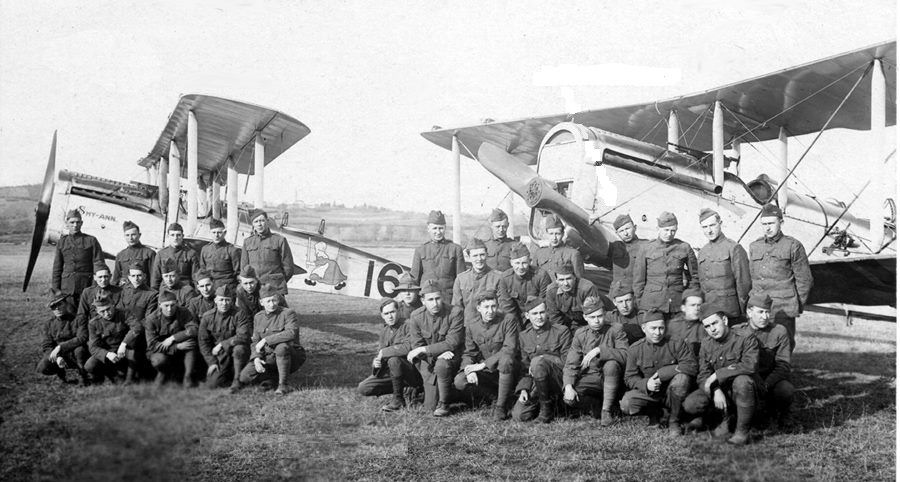
Members and aircraft of the 50th Aero Squadron at Clermont-en-Argonne Airdrome, France, 191
World War I
Organization and training in the United States
The unit was first organized as the 50th Aero Squadron with 149 men at Kelly Field No. 1, Texas, on 6 August 1917. It moved to Kelly Field No. 2 on 12 September and was designated as a school squadron, its personnel entered training for engine mechanics and performed field garrison duties. It moved back to Field No. 1 on 17 November and was equipped with Curtiss JN-4 aircraft and pilots, and entered training for combat service in France.[4]
On 20 December 1917, the 50th transferred from Kelly Field for overseas duty. It moved to the Aviation Concentration Center, Camp Mills, Garden City, New York arriving on 3 January 1918. It departed from the United States on transport No. 508 (RMS Carmania on 9 January, arriving at Liverpool, England on 24 January. Once in England, the 50th was moved to RFC Harlaxton, Lincolnshire and began advanced training in aircraft rigging and engine repair, along with gunnery, radio, photography and aerial bombing prior to being sent to France.[4]
Combat in France
The Dutch Girl logo of Old Dutch Cleanser.
Departure orders for France were received on 3 July 1918, the squadron departing from the port of Southampton, arriving in Le Havre, France on 14 July. It entered service with the Air Service, American Expeditionary Forces (AEF) at the Air Service Replacement Concentration Barracks, St. Maixent on 17 July. After receiving additional personnel, supplies and equipment, it moved to the combat flying school at the 1st Observation Group School on Amanty Airdrome on 27 July. At Amanty, the squadron received American-built De Havilland DH-4s and after training on the DH-4s, the squadron was designated as a corps observation squadron and assigned to the I Corps Observation Group. After a short spell at the Behonne Air Depot, the squadron moved to Bicqueley Airdrome on 8 September for combat duty on the front.[4] The squadron adopted the Dutch Girl trademark of Old Dutch Cleanser as its insignia. To the fliers of the 50th Aero Squadron, the Dutch Girl meant one thing: “Clean up on Germany.” The insigne was painted on the aircraft, and squadron members wore matching pins above the right breast pocket on their uniforms.[5]
In combat, the mission of the 50th Aero Squadron was general surveillance of the enemy rear areas by means of both visual and photographic reconnaissance. These missions were carried out for the purpose of intelligence-gathering and informing First Army headquarters informed of enemy movements and preparations for attacks or retreats of its infantry forces. The 50th identified enemy activity along roads and railroads, ground stations, various storage dumps and airfields; the numbers of fires and activities of enemy aircraft, and the amount of anti-aircraft artillery was also monitored and reported. Due to the nature of the missions and the depths of enemy area which was penetrated, the missions were carried out at high altitudes, usually between 4,500 and 5,500 meters.[4]
Members and aircraft of the 50th Aero Squadron at Clermont-en-Argonne Airdrome, France, 1918
The 50th flew its first combat mission on 12 September, supporting the 82nd and 90th Infantry Divisions as part of the St. Mihiel Offensive Campaign. It flew flights to help adjust the artillery barrage on enemy forces for the 90th Division, and also reconnaissance missions, observing and photographing enemy forces in the rear areas and reporting that information to the 82d Division commander. The weather during the offensive, however, was extremely poor. Fortunately, the enemy air activity was very slight at the beginning of the offensive, but a day or two afterwards, there was a marked increase in enemy activity. One observer was killed in action, and one plane, with its observer and pilot failed to return during the Offensive.[4]
After St. Mihiel, the squadron moved to the Remicourt Aerodrome in preparation for the next American offensive, in the Forest of Argonne. There it joined the 1st and 12th Aero Squadrons. Its movement to Remicourt was delayed until 24 September due to weather. On the 26th, squadron combat operations began supporting the 77th Division, the 50th Aero Squadron flew its first missions of the Meuse-Argonne Offensive with a complement of 15 pilots, 15 observers, and 16 aircraft. Initially the aircraft flew observation or dropped messages[6]
At the beginning of October, units of the 308th Infantry Regiment were cut off and surrounded by German troops. Able to communicate with division headquarters only by carrier pigeon, the battalion-sized force inadvertently supplied division headquarters with incorrect coordinates of its location. On 2 October the 50th Aero Squadron searched for signs of the cut-off battalion, and on 5 October the 77th Division commander, Maj. Gen. Robert Alexander, requested that the 50th Aero Squadron locate and resupply the “Lost Battalion” by air with ammunition, rations, and medical supplies.[6] The following day, pilot Harold E. Goettler and observer Erwin R. Bleckley made a second trip to drop supplies to the battalion which had been cut off by the enemy in the Argonne Forest. They had been subjected on their first trip to violent fire from the enemy, but attempted on the second trip to come still lower in order to get airdropped packages more precisely on the designated spot. In the course of this flight the plane was brought down by enemy rifle and machinegun fire from, resulting in the instant death of Lt Goettler and resulting in fatal wounds to L. Bleckley, who died before he could be taken to a hospital. For this action, they were each awarded the Medal of Honor[7][8]
On 28 October, the squadron moved from Remicourt to the new Parois Airdrome near Clermont-en-Argonne,[1] where it continued combat operations until the 11 November Armistice with Germany. In its short period of combat, it flew 192 missions, consisting of 373 sorties. It lost 25 aircraft and claimed one enemy aircraft destroyed.[4][9]
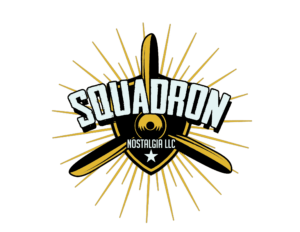
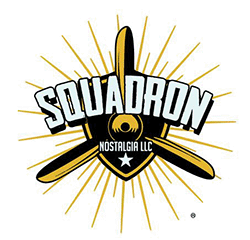
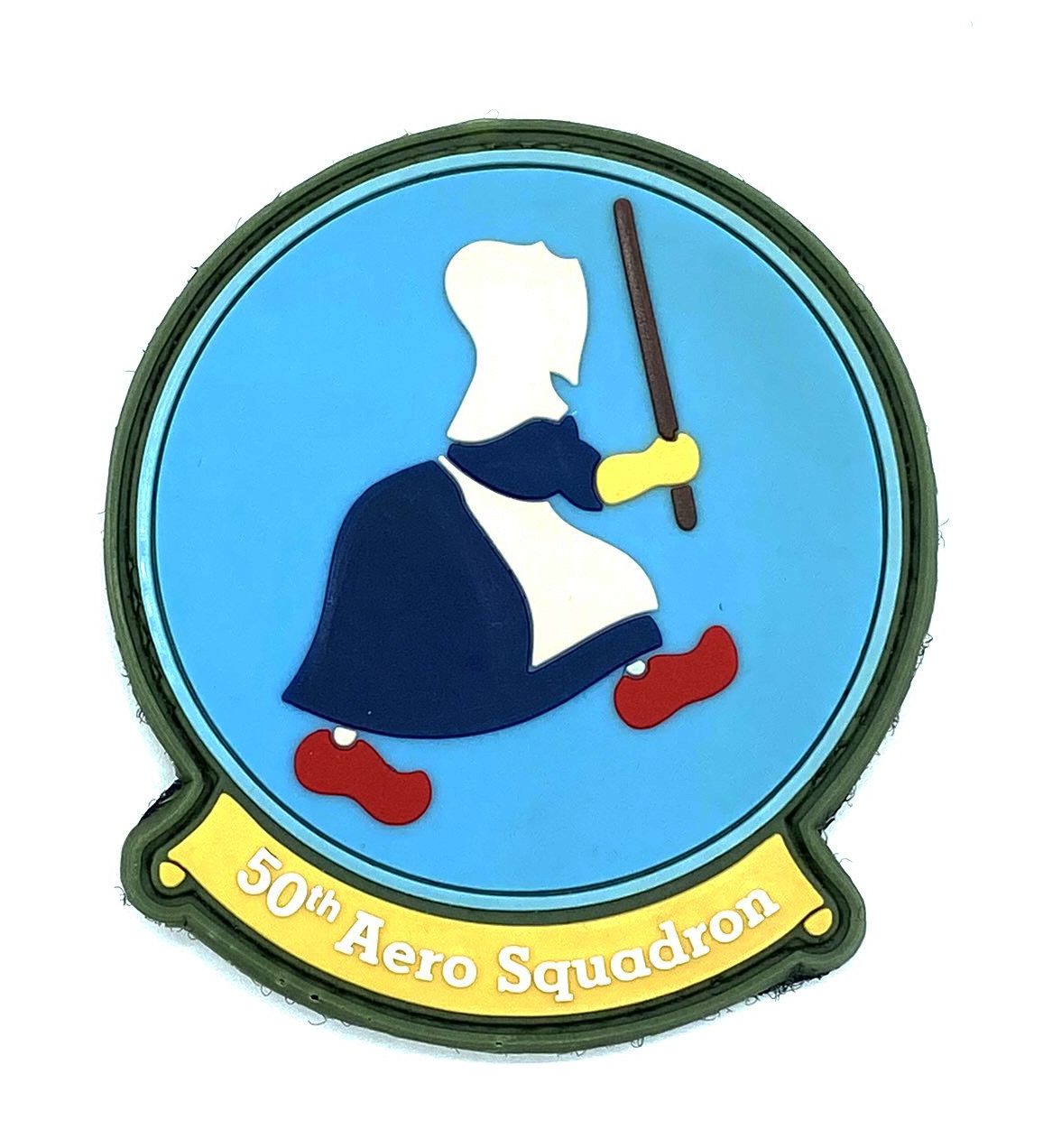
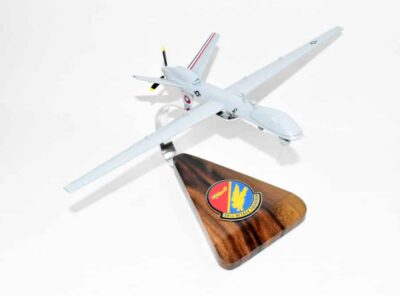
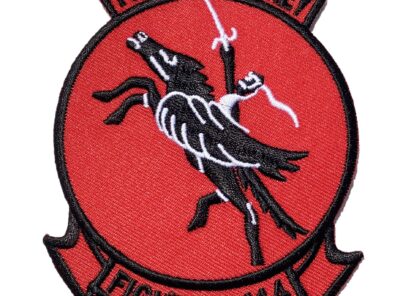
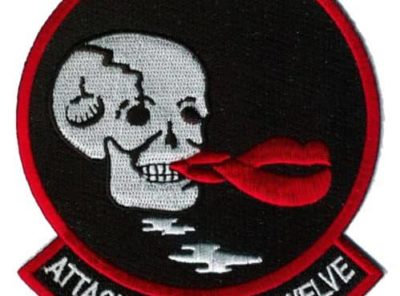
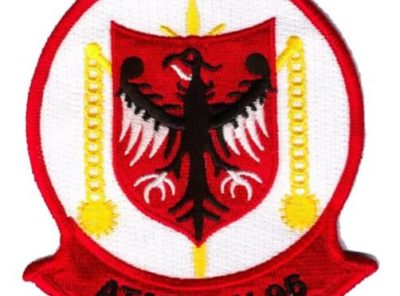
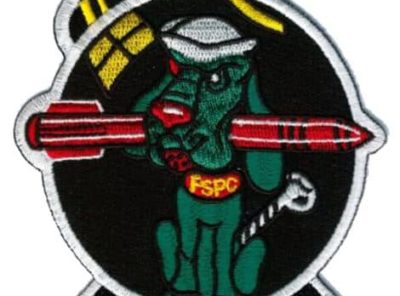

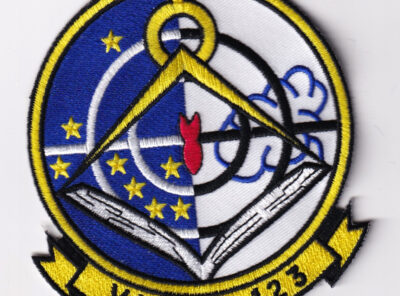
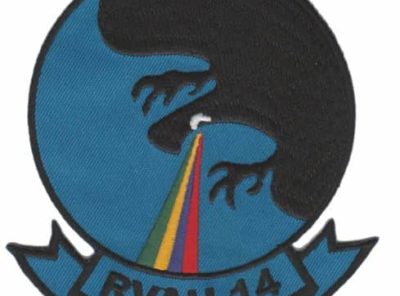

Reviews
There are no reviews yet.